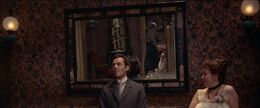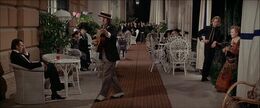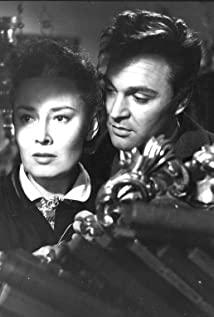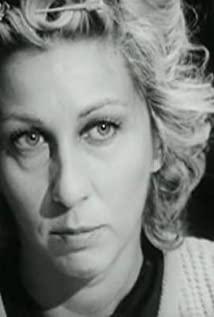I feel that in "Soul Broken Venice", the pursuit of "beauty" is more meaningful than the so-called "same-sex" symbol. Regardless of gender or selfish desires, "he" is the collection of beauty, beauty itself. There was no personal contact between the two of them during the whole process. The beautiful boy was both "beauty" and presented "beauty". The artist observed beauty, pursued beauty, and finally sacrificed his life.
The whole film feels heavy, only when the beautiful boy appears, the picture is bright and alive.
I like the scene where the beautiful young man walks into the picture when the artist suddenly has the inspiration to draw a pen.
The so-called "beauty" has nothing to do with the form of existence. It can be the beautiful boy in the eyes of the artist, or the Kinkakuji Temple in Mizoguchi's imagination.
And, the beautiful boy is really beautiful... slender, but with a bit of cunning aggression.
View more about Death in Venice reviews











